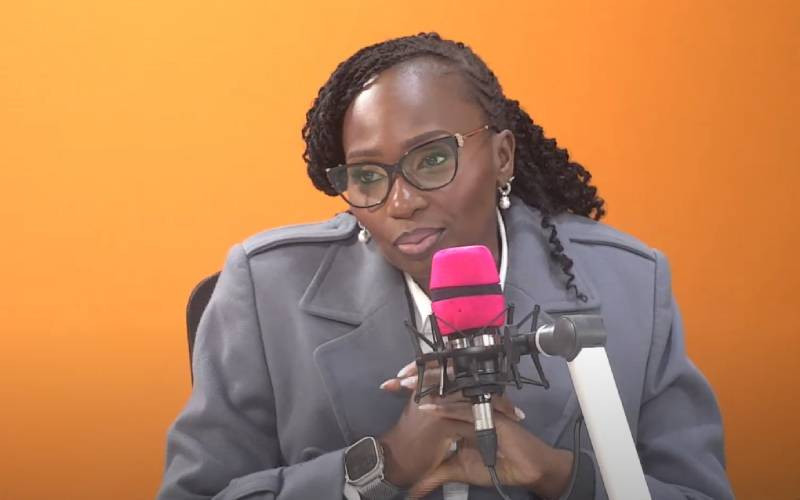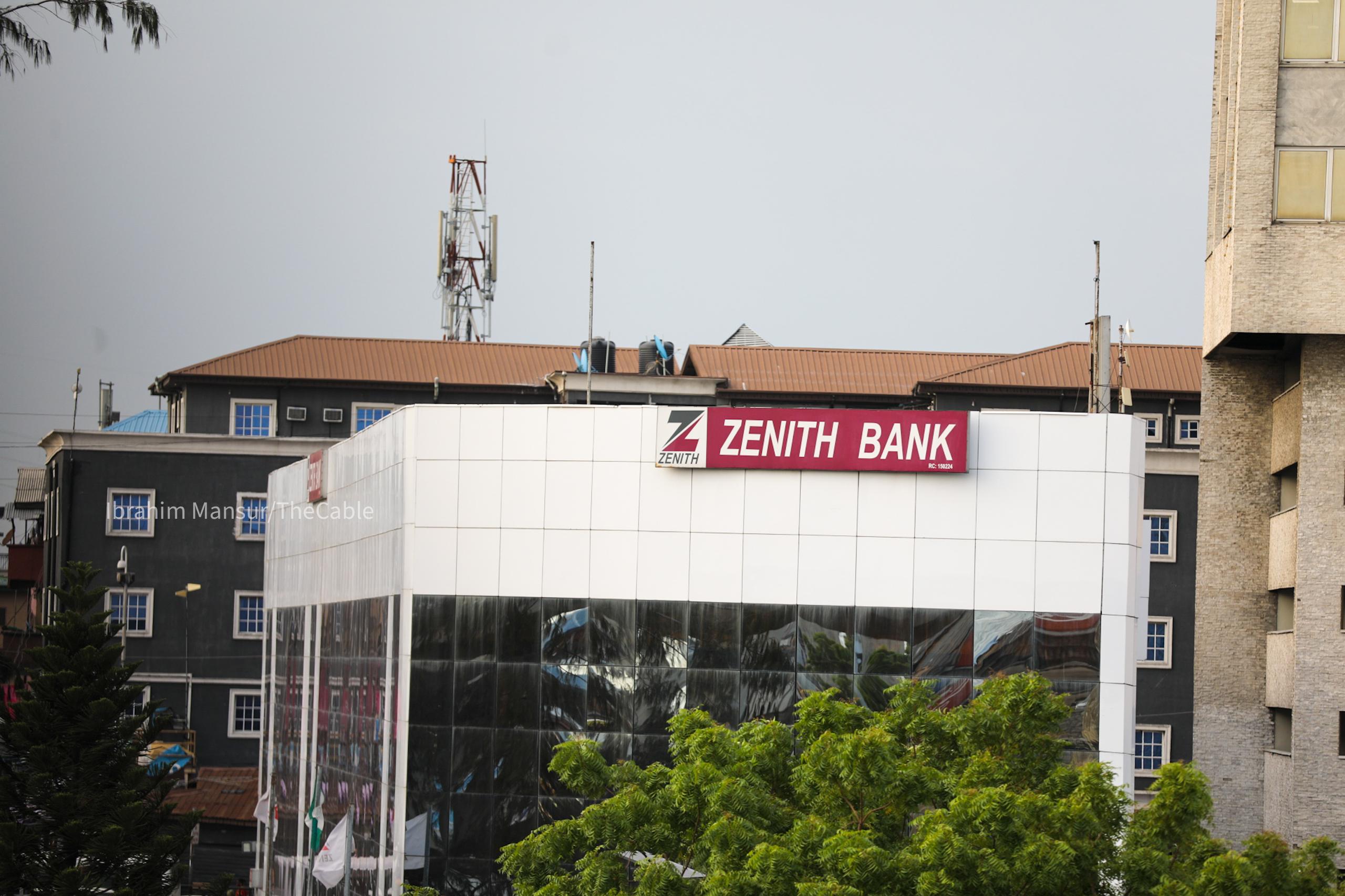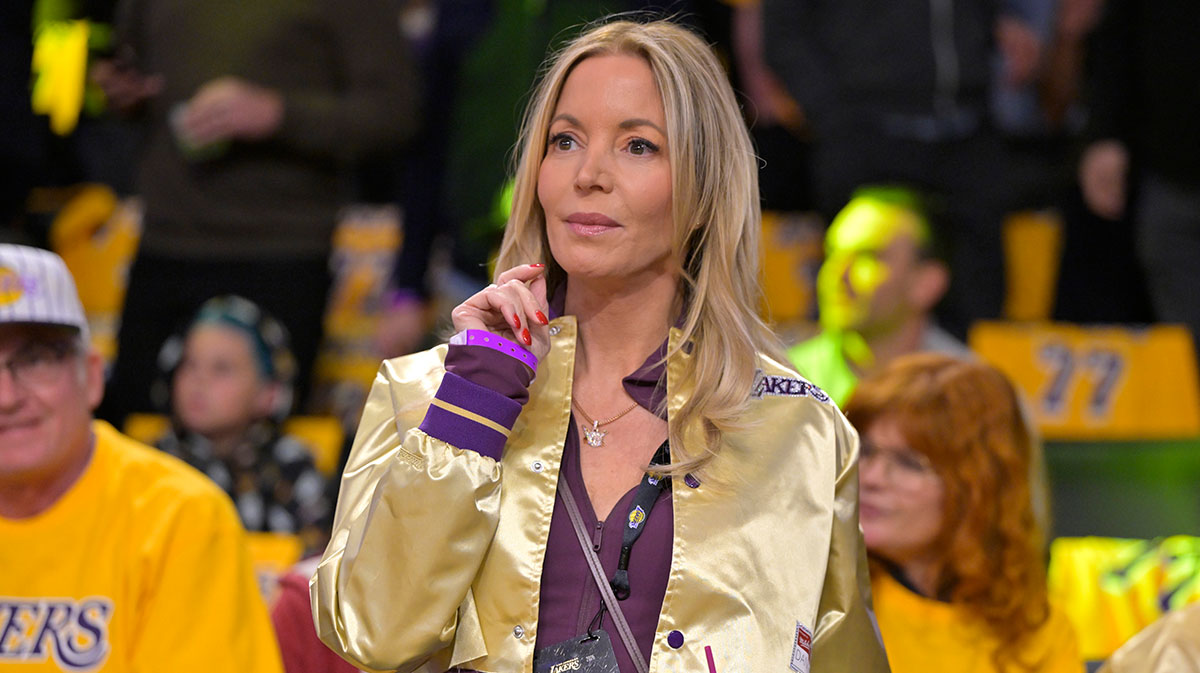Jun 18, 2025
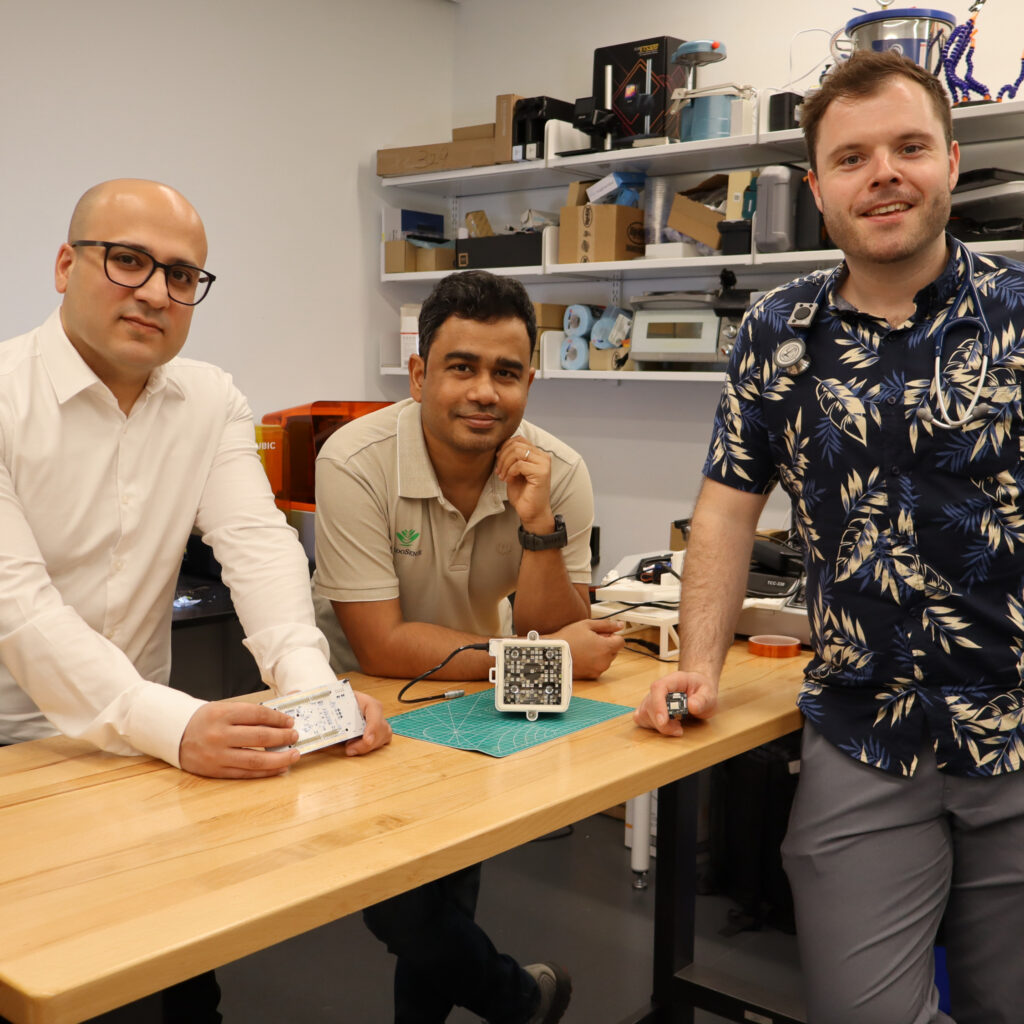
Veterinary science, urban methane monitoring, and fall prevention in older adults may seem unrelated, but they are connected by the fact that each is being transformed by innovative AI-fueled research conducted by Schmidt AI in Science Postdoctoral Fellows at U of T.
A program of Schmidt Sciences, the fellowships aim to accelerate the next scientific revolution by applying artificial intelligence to research in science, technology, engineering and mathematics. Now, with the opportunities afforded to them by their fellowships at U of T, three scientists have translated their lab results into commercial ventures that promise to alter the landscape of their respective domains.
What began as a quest by neurotechnology engineer Gerard O’Leary to design an implantable device to reduce the intensity and frequency of seizures in dogs with epilepsy has resulted in the development of a digital platform predicted to transform veterinary science.
The platform, known as NXVET, streamlines the process of collecting physiological data from animal patients using AI-connected medical devices, including the patented NXSCOPE stethoscope attachment. The device automates data collection and reduces clinical documentation time by as much as 30 per cent, enabling more accurate, data-driven diagnostics.
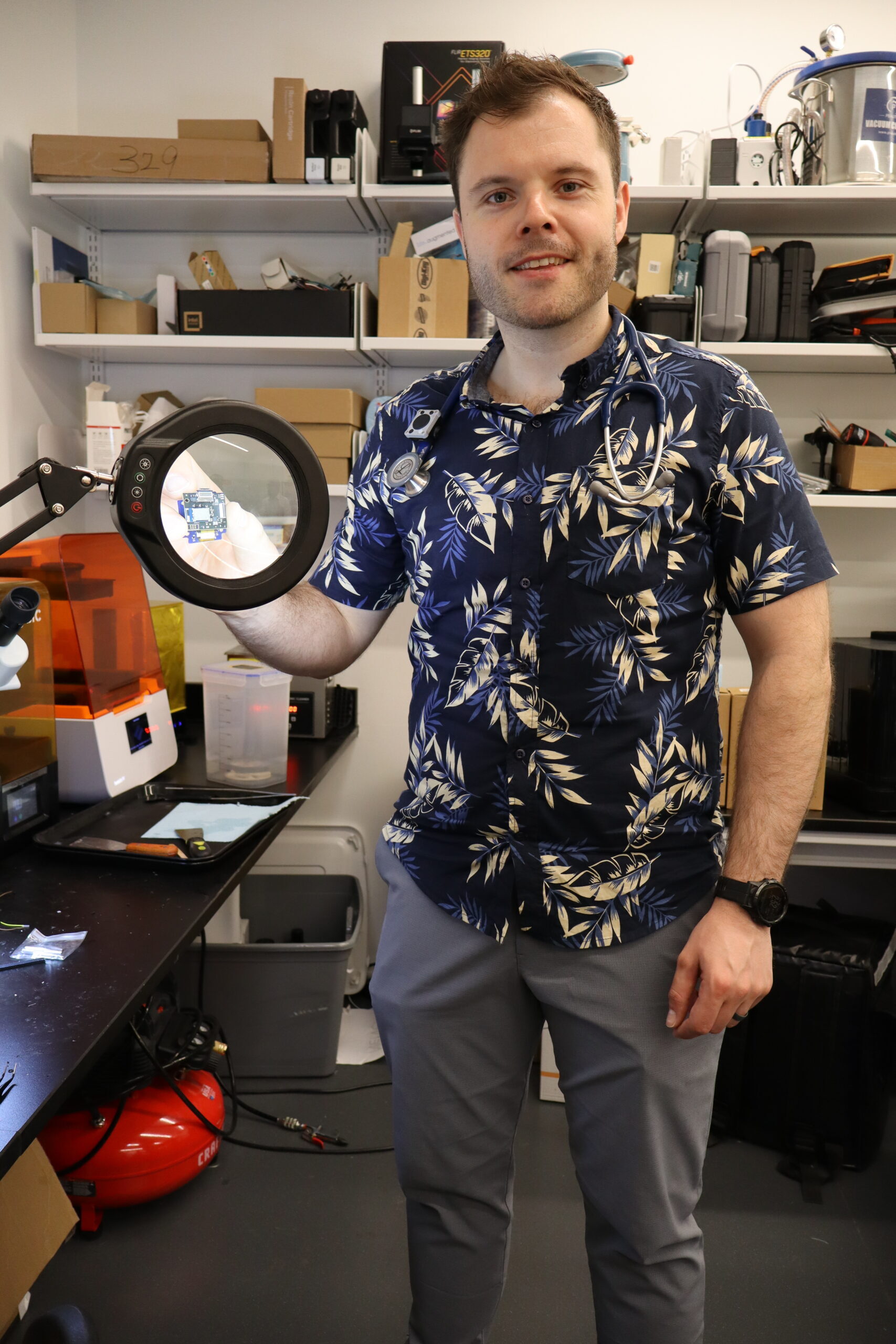
NerveX co-founder and CEO Gerard O’Leary.
“The Schmidt Fellowship gave me the opportunity to explore a niche area of applying AI to veterinary healthcare,” says O’Leary, who completed his fellowship under Professor Alex Mariakakis in the Faculty of Arts & Science’s Department of Computer Science, and Professor Taufik Valiante in the Temerty Faculty of Medicine’s Department of Surgery, who is also a senior scientist at the University Health Network.
“The commercial opportunity to expand the initial research into more general applications directly translated into improving our NXVET technology. Ultimately, the aim is to transform clinical workflows and extend this holistic approach to human healthcare.”

NerveX co-founder and CEO Gerard O’Leary.
Md Abdul Halim, co-founder and CEO of CredoSense, is working to replace today’s expensive and often unreliable environmental monitoring tools with integrated, accessible solutions that deliver lab-grade accuracy through field-ready systems for precision agriculture and ecosystem management. In parallel with his work at CredoSense, Halim’s overarching research goal is to advance methane monitoring technologies—targeting a greenhouse gas more than 25 times as potent as carbon dioxide—and to develop effective mitigation strategies for climate-smart cities.
“We’re building our flagship product—a single-tool solution that integrates AI-powered plant health diagnostics with real-time analytics—designed to empower users, especially in developing regions, to make physiologically meaningful, crop-optimized decisions quickly and reliably,” says Halim, who completed his fellowship under Professor Debra Wunch in the Department of Physics and the School of the Environment in the Faculty of Arts & Science, and Professor Sean Thomas at the Institute of Forestry and Conservation at the Daniels Faculty of Architecture, Landscape, and Design.
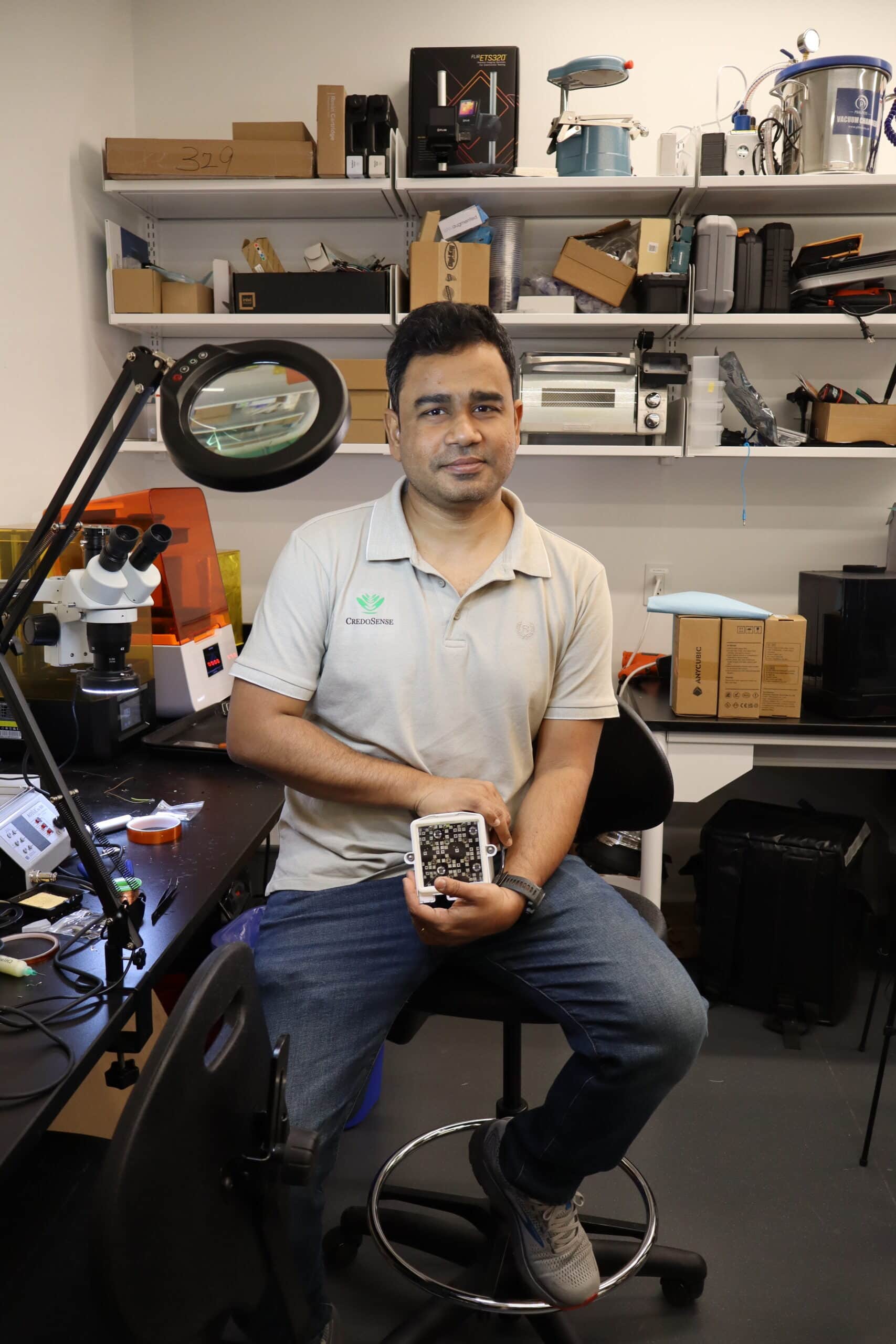
CredoSense co-founder and CEO Md Abdul Halim.
“This isn’t just about technology; it’s about democratizing environmental monitoring to advance sustainable agriculture,” Halim says. He adds that the AI-centric training provided through his fellowship helped unlock breakthroughs such as early plant stress detection, ultimately leading to the development of five market-ready products

CredoSense co-founder and CEO Md Abdul Halim.
Biomedical engineer Mehdy Dousty is paving the way for technology that predicts falls in older adults through an initiative called RadioVision. Hospital‑based fall‑risk assessments miss the real‑world hazards— slippery bathrooms, cluttered bedrooms, choice of footwear, mood‑driven movements, and overall home layout — that only an in‑home assessment can truly capture. Bridging this gap requires affordable, privacy‑preserving technologies that deliver personalized fall‑prevention insights in the home without saturating every room with a dense network of sensors.
“We’re turning invisible radio‑frequency waves into a real‑time, privacy‑preserving ‘motion map’ of the home,” says Dousty, who is working with Professor Ervin Sejdic in the Edward S. Rogers Sr. Department of Electrical & Computer Engineering at the Faculty of Applied Science & Engineering and Professor David Fleet in the Department of Computer Science at the University of Toronto and the Vector Institute. “By reconstructing residents’ full‑body poses—no cameras required—we can spot risky movements and predict exactly when and where falls might occur.
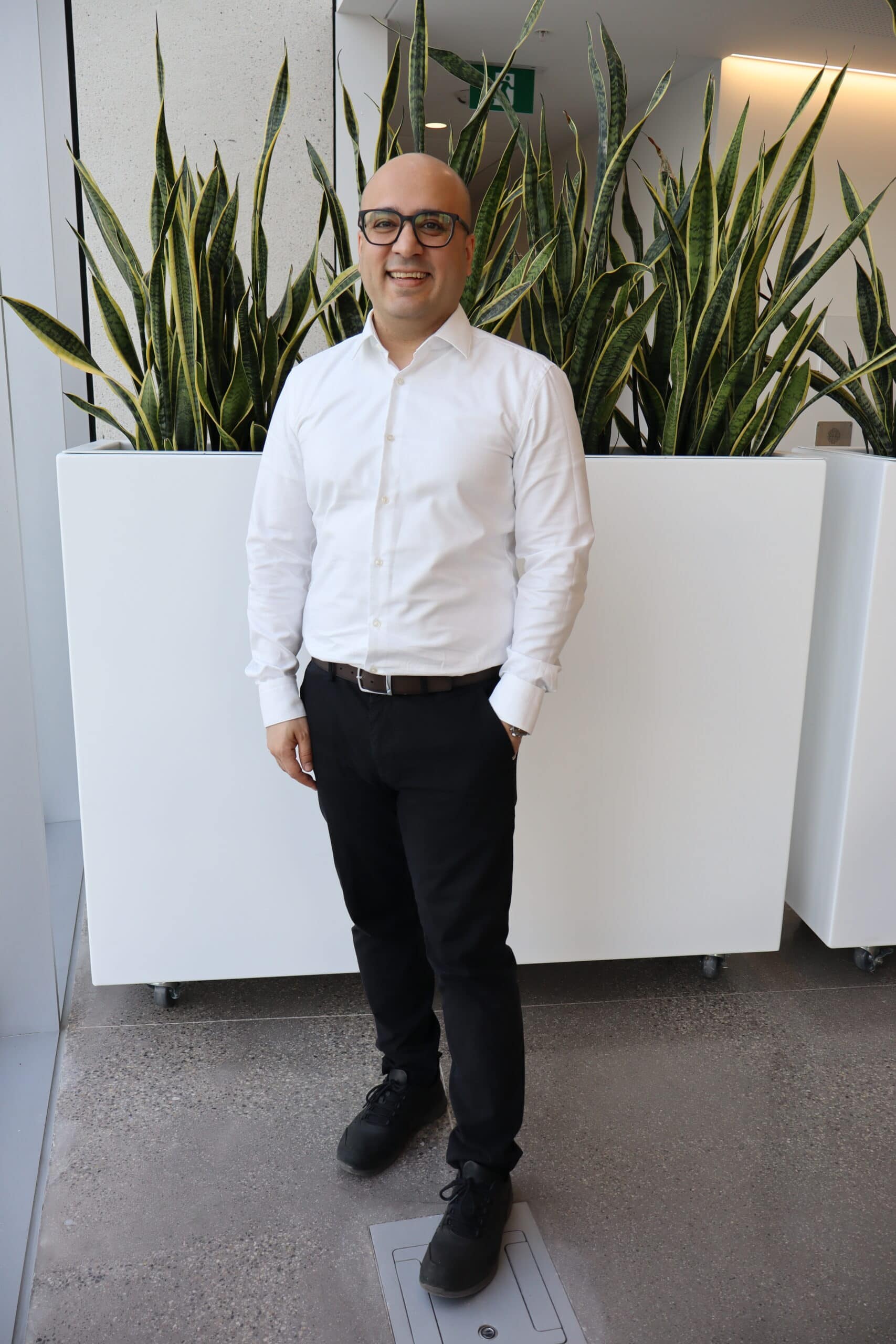
RadioVision founder Mehdy Dousty.
Dousty says the method lays the foundation for an extensive array of ambient‑intelligence capabilities that boost seniors’ independence, curb disability and distress, and save the healthcare system billions of dollars each year. “The Schmidt fellowship is enabling me to create new technologies and participate in U of T’s entrepreneurial UTEST program to work towards commercialization of our devices.”

RadioVision founder Mehdy Dousty.
The Schmidt AI in Science Postdoctoral Fellowship program at U of T is led by Alán Aspuru-Guzik, director of the Acceleration Consortium that pairs robotics with AI to advance materials science, and Lisa Strug, director of the Data Sciences Institute — one of the world’s largest clusters of scientists working on innovative approaches to data that drive actionable research insights.
“By providing researchers with the vision and skills to develop a toolbox that accelerates science, the program is producing a generation of AI-fluent scientists, ready to expand new research methodologies across a range of fields,” says Aspuru-Guzik, a professor in the Departments of Chemistry and Computer Science in the Faculty of Arts & Science, and a Canada CIFAR AI Chair at the Vector Institute.
With their success in commercializing innovations fueled by AI-based approaches to traditional science, O’Leary, Halim and Dousty are leading the way in bridging the distance from lab to market among Schmidt AI in Science Postdoctoral Fellows at U of T.
“By taking advantage of commercial opportunities presented throughout their fellowships, these entrepreneurial researchers are ensuring the fruits of their Schmidt-supported data-informed work are made available to the wider world,” says Strug, a professor in the Departments of Statistical Sciences and Computer Science in the Faculty of Arts & Science and senior scientist in the Program in Genetics and Genome Biology at The Hospital for Sick Children (SickKids). “It embodies the ultimate goal of making the world better that is at the heart of all that Eric and Wendy Schmidt do.”
Applications for the fourth cohort of Schmidt AI in Science Postdoctoral Fellows at U of T are now being accepted until October 8, 2025.
